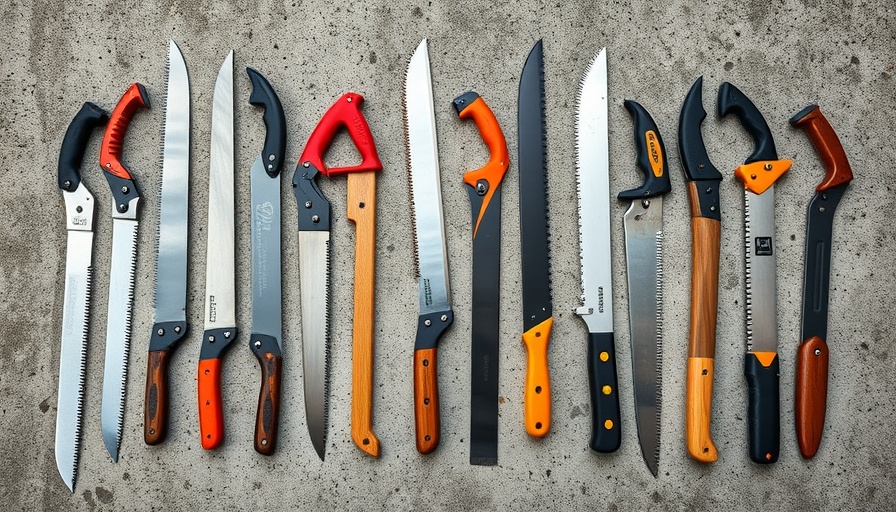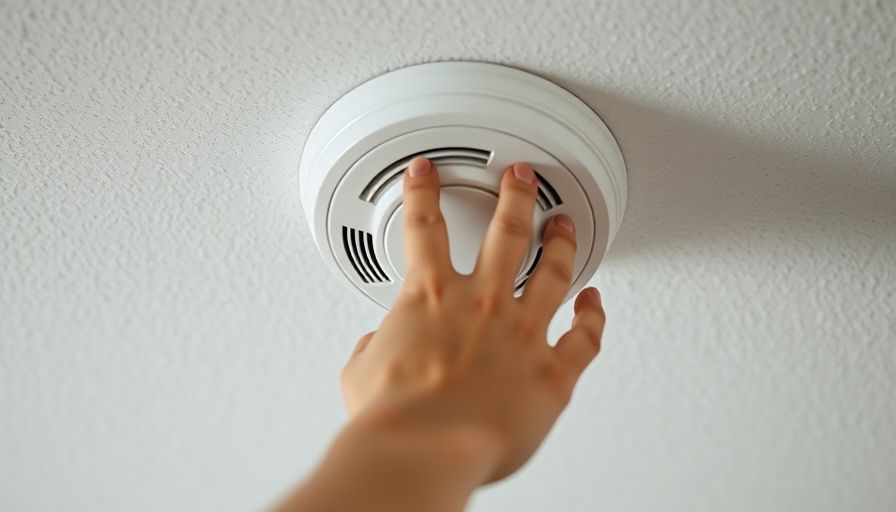
Understanding Pruning Saws: Essential Tools for Every Gardener
Pruning saws have become an indispensable tool for gardeners and DIY enthusiasts, allowing them to manage tree and shrub growth efficiently. These specialized saws cater to various branches, from 1½ to 10 inches in diameter, making them versatile for shaping plants or removing dead wood. Pruning saws are fundamentally categorized as manual or hand saws, electric tools, battery-operated models, and pole saws. Each type serves a specific purpose and offers unique advantages.
Choosing the Right Type of Pruning Saw for Your Needs
While there are numerous pruning saws on the market, knowing which type suits your gardening style is crucial. For instance, manual pruning saws are often preferred for their simplicity and portability, with curved blades typically favored for overhead cuts and straight blades ideal for precise, lower cuts. Electric and battery-powered models are designed for larger, heavy-duty tasks, providing effortless cutting, particularly effective for thick branches.
A Closer Look at Blade Quality: Straight vs. Curved
A critical aspect of pruning saws is their blade type. Straight blades provide clean, precise cuts and are more manageable at waist height, while curved blades offer flexibility for cutting at various angles, making them more effective for tough, elevated tasks. This differentiation emphasizes that selecting a saw isn’t just about the aesthetics but also its functional application in your gardening tasks.
Ergonomics Matter: The Significance of Handle Design
When choosing a pruning saw, handle comfort is as essential as cutting efficiency. Many manufacturers now offer ergonomic designs aimed at reducing hand fatigue, particularly for extensive pruning sessions. Pistol grip handles are preferred for robust cutting, whereas D-grip handles provide better pulling power, making them ideal for thicker branches.
Safety First: Best Practices for Using Pruning Saws
Safety is paramount when using pruning saws. Wearing sturdy gloves and protective eyewear can protect against accidents and ensure your pruning tasks are completed securely. Moreover, you should always cut from the top down, allowing gravity to assist your cuts and minimizing risks of branch resistance or snapping.
In conclusion, the right pruning saw can transform your gardening experience significantly. Understanding the types available, their blade properties, handle designs, and safety practices will help you make informed decisions while cultivating your green space. Whether pruning hedges or larger trees, investing in a quality pruning saw tailored to your needs can enhance both efficiency and safety in your gardening tasks.
 Add Row
Add Row  Add
Add 




Write A Comment